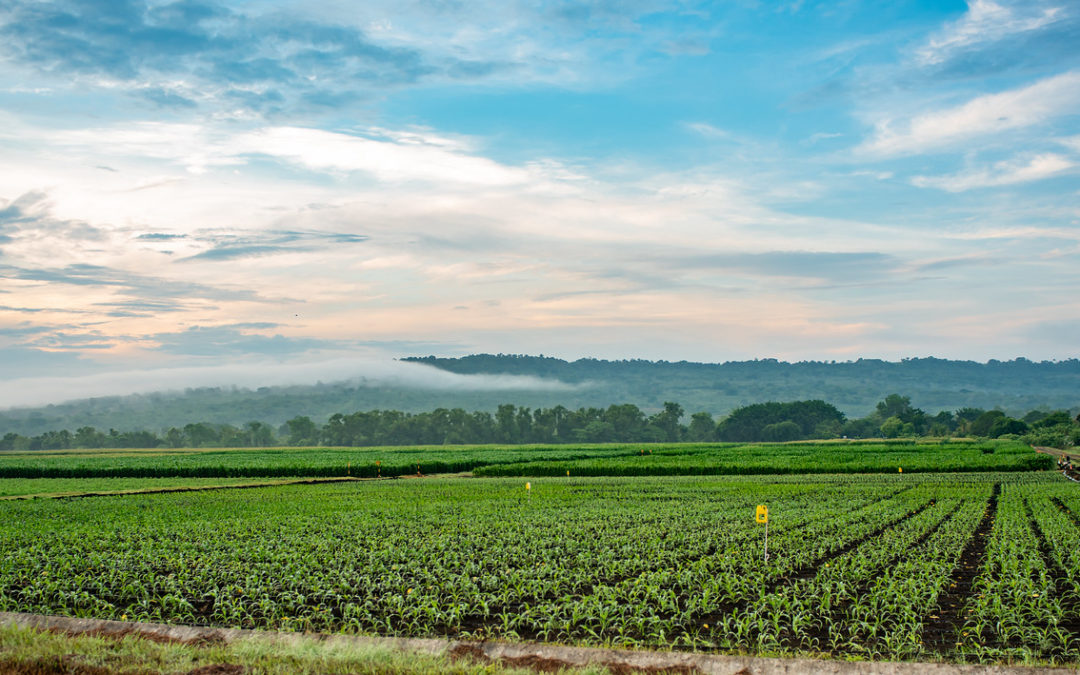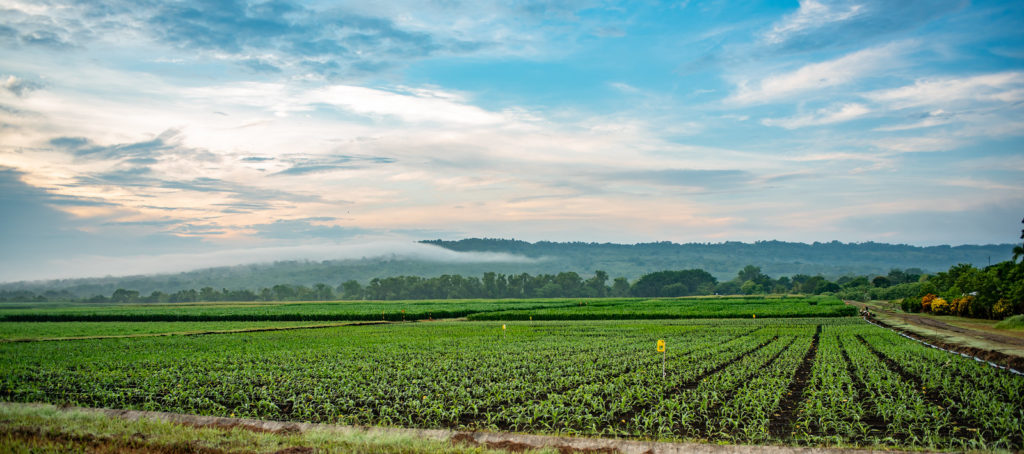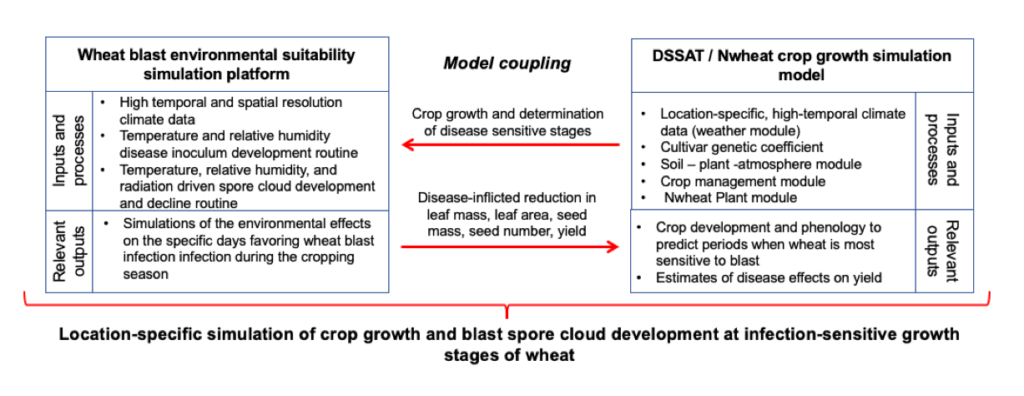Crop modeling takeaways from the 2020 CGIAR Convention
This is one of a series of blogs written by our Youth in Data delegates who participated in the 2020 CGIAR Convention on Big Data in Agriculture. The global event was held virtually 19-23 October 2020.
As a crop modeler, my main interests in this event were the sessions that covered the topics of working with predicting the effects of pest and disease on crop development, crop growth models, and other related advances.
Here are some of my key takeaways from specific sessions:
Session: Disease crop modeling advances and challenges for large scale simulation studies
Crop growth models are computational tools that simulate crop development and yield through mathematical equations as a function of weather conditions, soil characteristics, and crop management. However, improvements can be done within these models to better predict crop response by adopting new technologies and techniques. During the Disease crop modeling advances and challenges for large scale simulation studies session, Dr. José Maurício Fernandes from the University of Passo Fundo and Dr. Timothy Krupnik from the International Maize and Wheat Improvement Center (CIMMYT) talked about a weather-data driven wheat blast early warning system (EWS) developed for Bangladesh. The speakers also shared the current process in simulating the damage caused by wheat blast in wheat crops in Brazil and Bangladesh. Dr. Jacob Smith and Dr. Christopher Gilliagan from the University of Cambridge, Dr. Simone Bregaglio from the Council for Agricultural Research and Analysis for Agricultural Economics (CREA), and Dr. Carlo Montes from CIMMYT, highlighted the importance of estimating the impact of pests and diseases on crops and the necessity of early warning systems to mitigate crop losses.
Session: Machine learning and crop modeling: a modern affair?
During the Machine learning and crop modeling: a modern affair session, Dr. Scott Chapman and Dr. Mark Cooper from the University of
Queensland, presented effective ways to integrate machine learning with crop modeling. Infilling/estimating weather data, estimating soil characteristics, and characterizing stress indices were pointed out as some examples of where machine learning can be deployed in agriculture. They also shared some of their advances using a tractor named GECKO to identify parameters for phenology, leaf area, estimates of biomass, and radiation use efficiency through the use of image processing as well as how they are applying the collected and processed data in crop models.
Session: Gridded crop modeling advances and challenges for regional and global simulation studies
In this session, Dr. Diego Pequeno from CIMMYT and Dr. Jawoo Koo from the International Food Policy Research Institute (IFPRI) presented some of the developments in gridded crop modeling using the Decision Support System for Agrotechnology Transfer (DSSAT) and the global-scale crop modeling system named Mink. The data sources for soil and weather and the computer resources to execute each cell simulation were mentioned as key aspects and challenges to provide significant regional and global simulation results. Dr. Christoph Müller from the Potsdam Institute for Climate Impact Research, Germany, concluded the session by mentioning the AgMIP group called Global Gridded Crop Model Intercomparison (GGCMI) and the collaborative work with several groups as well as models to understand the climate change impacts of agriculture.
Finally, one of my most valuable takeaways of this convention was the importance and effectiveness of global collective action in our efforts to improve food security and nutrition worldwide.
*****
Thiago Berton Ferreira is a Master’s Degree student in Applied Computing at the University of Passo Fundo, Brazil and is currently developing his research in coupling pest and disease modules with crop growth models at the International Maize and Wheat Improvement Center (CIMMYT) as a Research Intern. This year, Thiago applied for the Youth in Data Bootcamp because he wanted to learn how to use his voice and skills to be part of the next generation that understands the importance of harnessing Big Data to enhance the impact of international agricultural research.
At the CGIAR Platform for Big Data in Agriculture, we believe that if we are to achieve a sustainable food future, it is vital that today’s youth are able to access the agricultural research sector and that pathways are provided for them to contribute to the transformation needed.
As a part of that commitment, each year we host a free Youth in Data Digital workshop alongside our annual CGIAR convention on Big Data in Agriculture. For more information about this workshop and our other youth initiatives, please see our page here.
Feature photo: Alfonso Cortés / CIMMYT.
November 12, 2020
Thiago Berton Ferreira
Research Intern
International Maize and Wheat Improvement Center
Passo Fundo, Rio Grande do Sul state Brazil
1 - 1Share
Latest news
1 - 1Share









